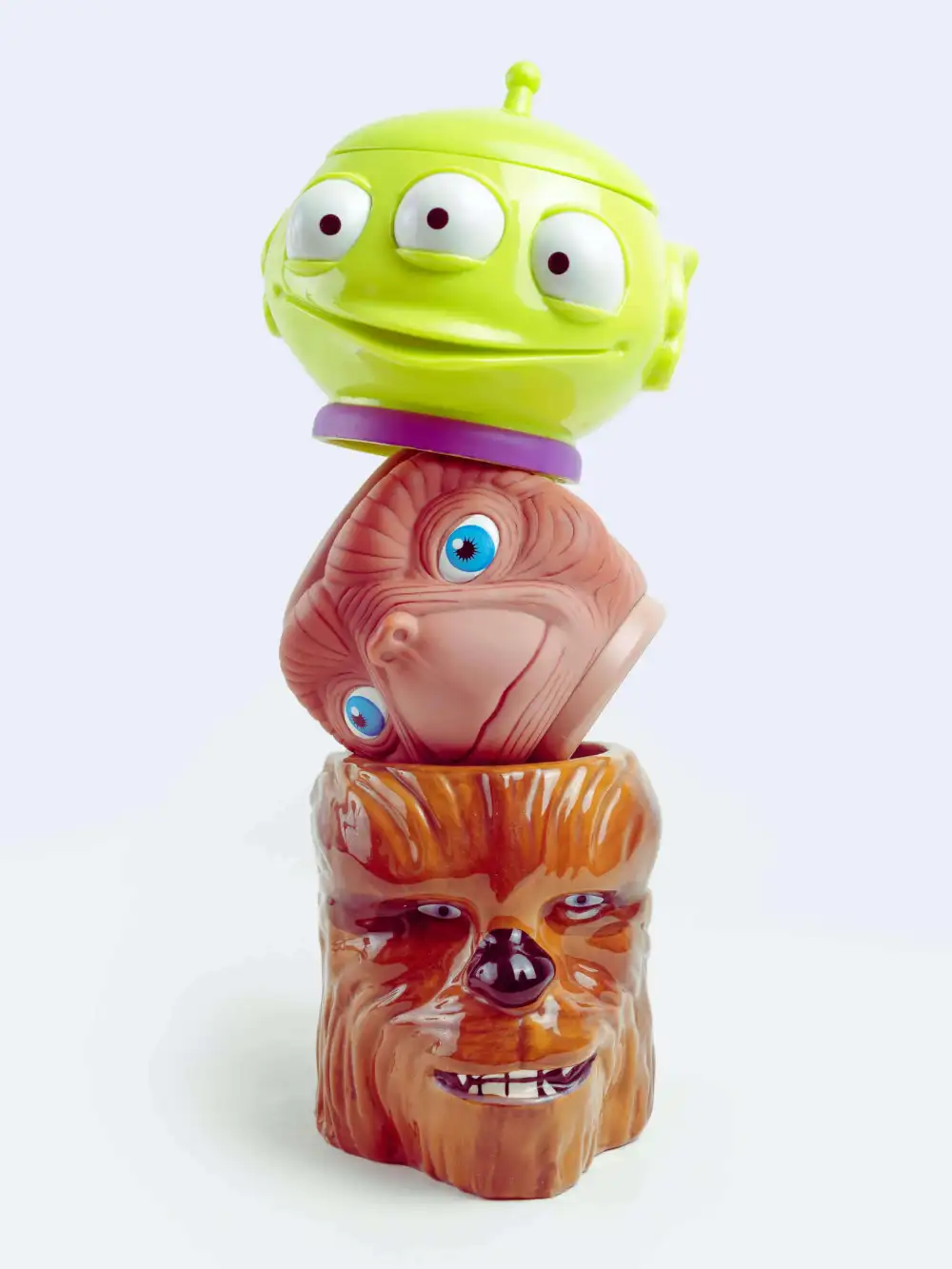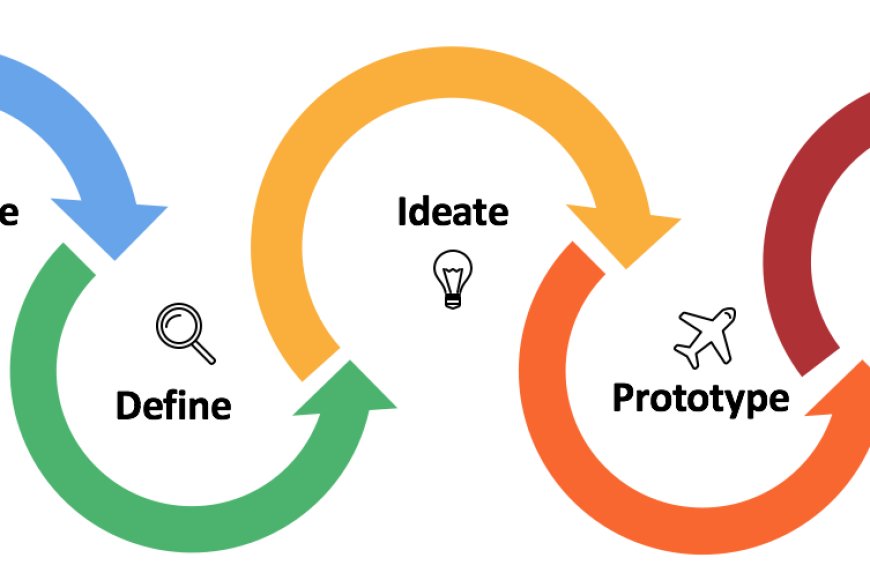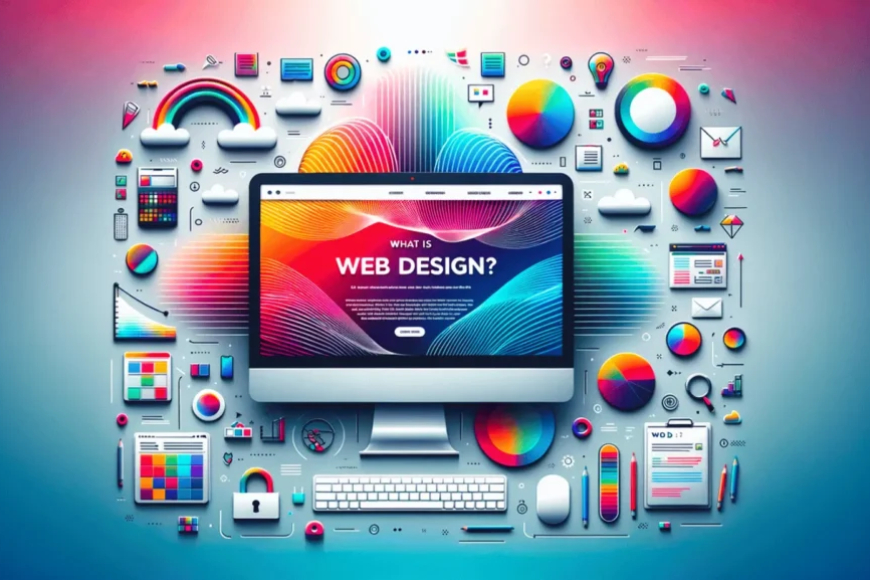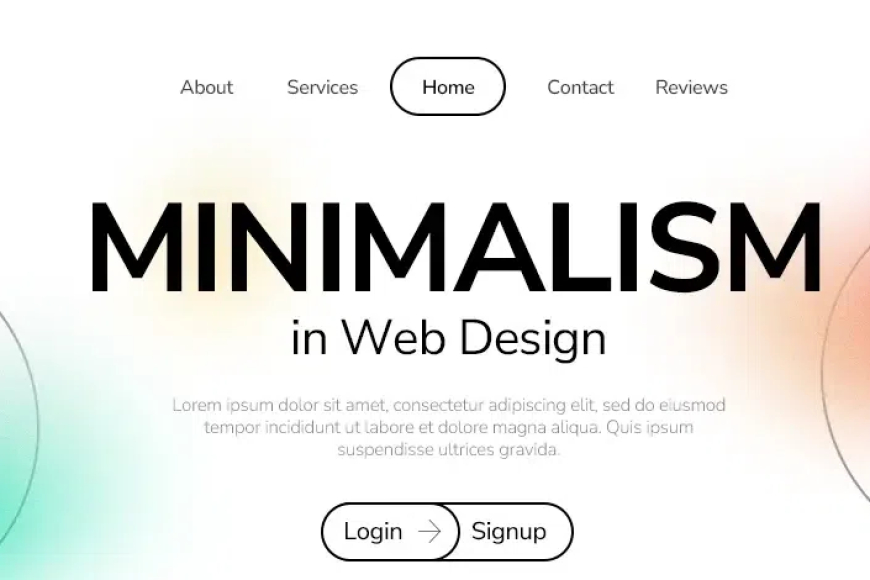Design Thinking: How to Apply User-Centered Design in Web and UI/UX
Design Thinking: How to Apply User-Centered Design in Web and UI/UX
The digital world thrives on user satisfaction, and at the heart of achieving this lies design thinking—a creative problem-solving approach that prioritizes the
The digital world thrives on user satisfaction, and at the heart of achieving this lies design thinking—a creative problem-solving approach that prioritizes the user at every step. For web and UI/UX design, applying design thinking ensures that products are intuitive, engaging, and tailored to user needs.
But what exactly is design thinking, and how can you apply it to your projects? Let’s delve into the principles, processes, and practices that make design thinking the go-to methodology for user-centered design.
What is Design Thinking?
Design thinking is a human-centered approach to innovation. It focuses on understanding users, redefining problems, and creating innovative solutions through iterative testing and collaboration.
The Principles of Design Thinking
- Empathy: Understanding user needs and challenges.
- Ideation: Generating creative ideas to solve problems.
- Prototyping: Testing solutions before full-scale implementation.
The Five-Stage Process of Design Thinking
- Empathize: Understand the user’s perspective.
- Define: Clearly articulate the problem.
- Ideate: Brainstorm potential solutions.
- Prototype: Create preliminary versions of the solution.
- Test: Validate solutions with real users.
Difference Between Design Thinking and Traditional Design
While traditional design often focuses on aesthetics and functionality, design thinking emphasizes empathy, user involvement, and iteration throughout the design process.
Core Principles of User-Centered Design
Empathy as the Foundation of Design
User-centered design starts with seeing the world through the user’s eyes. This principle ensures that solutions address real needs rather than assumptions.
Iterative Approach to Problem-Solving
Design thinking encourages continuous improvement through testing and feedback, ensuring that the final product evolves based on user input.
Collaboration Between Teams and Stakeholders
A user-centered approach thrives on input from diverse perspectives, combining creativity and technical expertise.
Benefits of Design Thinking in Web and UI/UX Design
Enhanced User Satisfaction
Products designed with users in mind are more likely to meet their needs, resulting in higher engagement and loyalty.
Innovation Through Empathy-Driven Solutions
By understanding pain points, design thinking fosters innovative solutions that address users’ unique challenges.
Reduced Development Time and Costs
Iterative testing identifies issues early, saving time and resources in the long run.
How to Apply Design Thinking in Web and UI/UX
Research and Understand Your Users
- Conduct user interviews and surveys to gather insights into their preferences and pain points.
- Create user personas to represent the needs and behaviors of your target audience.
Define the Problem
- Frame user needs by understanding their goals and challenges.
- Craft clear problem statements to guide your design process.
Ideate Creative Solutions
- Use brainstorming techniques like mind mapping and role-playing.
- Encourage collaborative ideation sessions to generate diverse ideas.
Prototype and Test
- Start with low-fidelity prototypes to quickly visualize concepts.
- Conduct usability testing to refine the design based on real user feedback.
Best Practices for Implementing User-Centered Design
Prioritize Accessibility and Inclusivity
Design for users of all abilities by adhering to accessibility standards such as WCAG guidelines.
Use Analytics to Inform Decisions
Leverage data from user interactions to identify areas of improvement.
Gather Continuous Feedback from Users
Engage users throughout the design process to ensure their needs are consistently met.
Common Challenges in Applying Design Thinking
Balancing User Needs and Business Goals
Finding the sweet spot between user satisfaction and organizational objectives can be tricky but achievable through alignment.
Addressing Diverse User Requirements
Diverse audiences mean diverse needs; segmenting your audience helps address specific challenges.
Overcoming Resistance to Change Within Teams
Introducing design thinking requires cultural shifts; clear communication and training can help overcome resistance.
Tools for Design Thinking in Web and UI/UX
- User Research Tools: Google Forms, Typeform, and UserTesting.
- Prototyping and Wireframing Tools: Figma, Adobe XD, and Sketch.
- Collaboration Platforms: Miro, Trello, and Slack for team brainstorming and project management.
Case Studies: Design Thinking in Action
Successful Application in Web Design Projects
A redesign of a local e-commerce site using design thinking increased conversions by 40% by addressing navigation pain points.
Examples from Leading Brands in UI/UX
Companies like Airbnb and IDEO have championed design thinking to create user-centric interfaces that resonate globally.
Future Trends in User-Centered Design
AI Integration in Design Thinking
Artificial intelligence is making it easier to analyze user behavior and predict needs.
Hyper-Personalized User Experiences
Customizing experiences for individual users will become even more precise with advancements in data analysis.
Growth of Voice and Gesture-Based Interfaces
The future of UI/UX will include seamless interactions through voice commands and gestures, prioritizing convenience and accessibility.
Conclusion
Design thinking is the cornerstone of effective user-centered design in web and UI/UX. By focusing on empathy, iteration, and collaboration, designers can create solutions that resonate deeply with users. Adopting a design thinking mindset ensures that every project is not only functional and visually appealing but also aligned with user needs.
FAQs
-
What is the main goal of design thinking?
To create user-centric solutions by understanding and addressing real user needs. -
How does design thinking differ from traditional design?
Design thinking emphasizes empathy, iteration, and collaboration, while traditional design often focuses on aesthetics. -
Can small businesses use design thinking effectively?
Absolutely! Design thinking can help small businesses create impactful solutions with limited resources. -
How do you ensure inclusivity in user-centered design?
By adhering to accessibility standards and involving diverse user groups in the design process. -
What tools are best for beginners in design thinking?
Tools like Figma for prototyping, Miro for brainstorming, and UserTesting for feedback are great starting points.
You Might Also Like
Explore more from the same category




